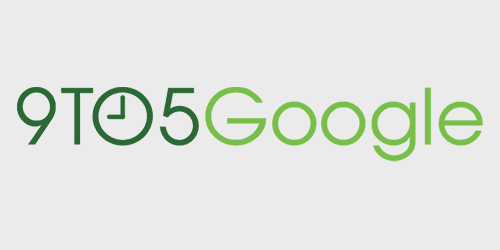Google News introduces new “Editors’ Picks” feature with human recommendations

 .
.
Google News just launched a new Editors’ Picks feature that provides a personal, human touch, straying from the “generated entirely by computer algorithms without human editors” approach of the past.
The new feature won’t exactly have Google employees suggesting their favorite articles, but rather aggregate content that publications have highlighted as being their “most engaging content”. Editors’ Picks will be available initially in the right column of the U.S. Google News page and display content from nearly two dozen publications Google has selected to participate. The feeds you will see in the new feature will depend on your news preferences.
Publications and news organizations can head over to the News Help Center to learn more.
Expand
Expanding
Close
